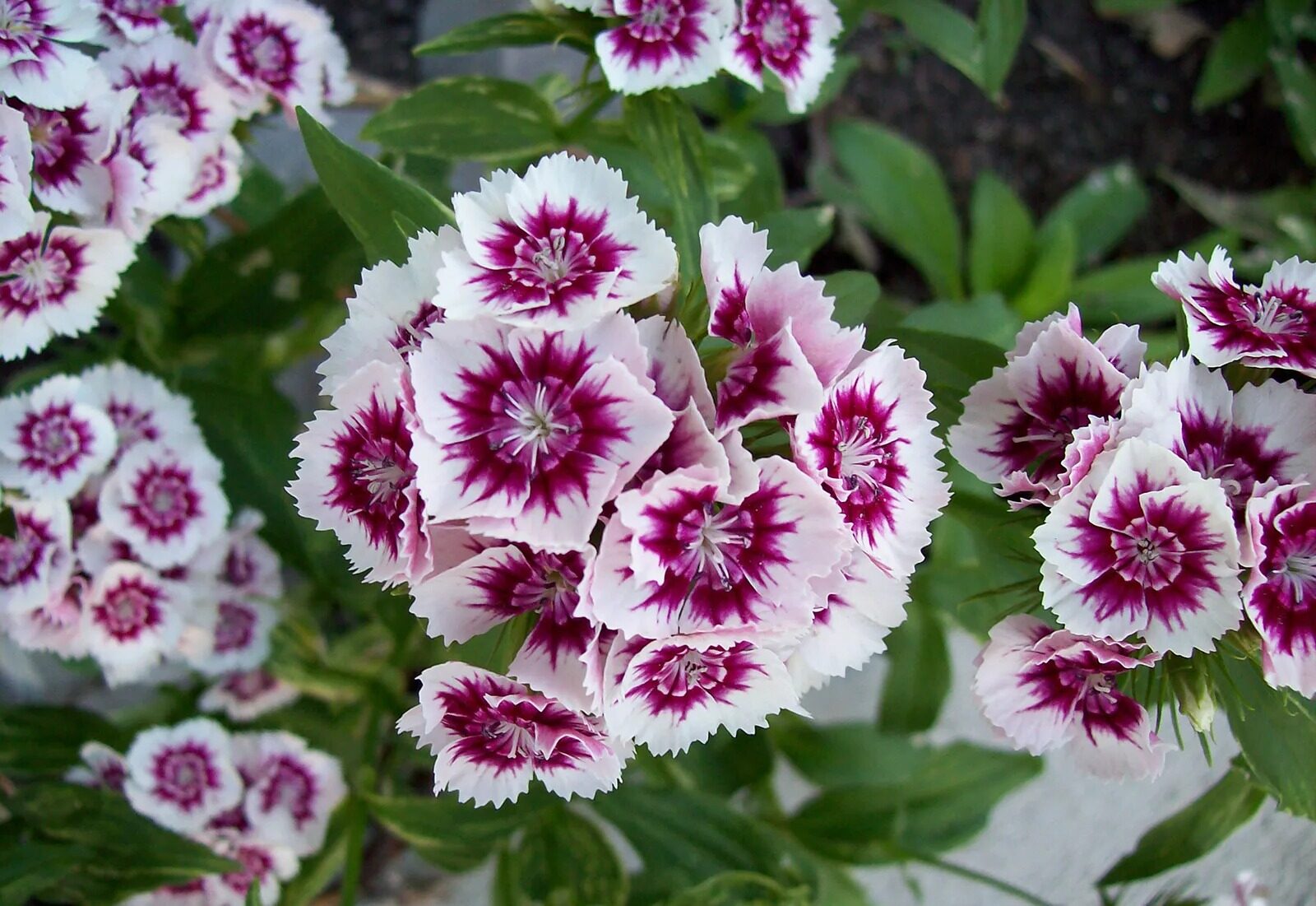
Sweet William is a charming flower that adds a splash of color to any garden. But did you know there's more to this plant than its pretty petals? Sweet William has a rich history, unique characteristics, and even some surprising uses. Whether you're a gardening enthusiast or just curious about nature, this article will give you a deeper appreciation for this delightful bloom. From its origins to its symbolism, you'll discover why Sweet William has captured the hearts of many. Ready to learn some interesting tidbits? Let's dive into 29 fascinating facts about Sweet William!
What is Sweet William?
Sweet William is a popular garden flower known for its vibrant colors and pleasant fragrance. It's a biennial or short-lived perennial that belongs to the Dianthus family. Let's dive into some fascinating facts about this charming plant.
-
Scientific Name: Sweet William's scientific name is Dianthus barbatus. The name "Dianthus" means "divine flower" in Greek.
-
Origin: This flower is native to southern Europe and parts of Asia. It has been cultivated for centuries for its beauty.
-
Colors: Sweet William blooms come in a variety of colors, including red, pink, white, and purple. Some flowers even have bi-colored petals.
-
Fragrance: The flowers emit a spicy, clove-like scent that attracts pollinators like bees and butterflies.
Growing Sweet William
Growing Sweet William in your garden can be a rewarding experience. Here are some key facts about how to cultivate this lovely plant.
-
Soil Preference: Sweet William prefers well-drained soil with a neutral to slightly alkaline pH.
-
Sunlight: These flowers thrive in full sun but can tolerate partial shade.
-
Watering: Regular watering is essential, especially during dry spells. However, avoid waterlogging the soil.
-
Planting Time: The best time to plant Sweet William seeds is in late spring or early summer.
-
Spacing: Space the plants about 6 to 12 inches apart to allow for proper air circulation.
Sweet William's Role in Culture
Sweet William has made its mark not just in gardens but also in culture and history. Here are some intriguing cultural facts.
-
Symbolism: In the language of flowers, Sweet William symbolizes gallantry and admiration.
-
Historical Use: During the Victorian era, Sweet William was a popular choice for bouquets and floral arrangements.
-
Literary Mentions: The flower has been mentioned in various literary works, including Shakespeare's plays.
-
Folklore: According to folklore, Sweet William was named after Prince William, Duke of Cumberland, although this is debated.
Sweet William in Medicine
Beyond its beauty, Sweet William has been used in traditional medicine. Here are some medicinal facts.
-
Herbal Uses: In traditional Chinese medicine, Sweet William is used to treat urinary tract infections and other ailments.
-
Edible Flowers: The petals are edible and can be used to garnish salads and desserts.
-
Antioxidants: Sweet William contains antioxidants that may have health benefits.
Varieties of Sweet William
There are several varieties of Sweet William, each with unique characteristics. Here are some notable ones.
-
'Wee Willie': This dwarf variety grows to about 6 inches tall and is perfect for borders.
-
'Heart Attack': Known for its deep red flowers, this variety is a showstopper in any garden.
-
'Sweet' Series: These are hybrid varieties bred for larger blooms and extended flowering periods.
-
'Sooty': This variety has dark, almost black flowers, adding a dramatic touch to gardens.
Sweet William's Lifespan
Understanding the lifespan of Sweet William can help gardeners plan their planting schedules. Here are some lifespan facts.
-
Biennial Nature: Sweet William is typically a biennial, meaning it completes its life cycle in two years.
-
Perennial Varieties: Some varieties can act as short-lived perennials, blooming for several years under ideal conditions.
-
Self-Seeding: Sweet William can self-seed, allowing new plants to grow each year without replanting.
Sweet William in the Garden
Incorporating Sweet William into your garden can enhance its beauty. Here are some gardening tips.
-
Companion Plants: Sweet William pairs well with other cottage garden plants like foxgloves and delphiniums.
-
Cut Flowers: The flowers make excellent cut flowers, lasting up to a week in a vase.
-
Pest Resistance: Sweet William is relatively pest-resistant, though it can be susceptible to aphids and slugs.
-
Deadheading: Removing spent flowers can encourage more blooms and extend the flowering period.
-
Winter Care: In colder climates, mulching around the plants can help protect them during winter.
Fun Facts About Sweet William
Let's wrap up with some fun and quirky facts about Sweet William.
- Name Confusion: Despite its name, Sweet William is not related to the common name "William." The origin of the name remains a mystery.
The Final Word on Sweet William
Sweet William, a charming flower, offers more than just beauty. Known for its vibrant colors and fragrant blooms, it’s a favorite in many gardens. This flower symbolizes gallantry and admiration, making it a popular choice for bouquets and floral arrangements.
Sweet William’s hardiness and easy care make it perfect for both novice and experienced gardeners. It thrives in well-drained soil and enjoys full sun to partial shade. Plus, it attracts pollinators like bees and butterflies, contributing to a healthy garden ecosystem.
Whether you’re looking to add a splash of color to your garden or want a meaningful flower for a special occasion, Sweet William is a fantastic choice. Its rich history and symbolism add depth to its beauty, making it a beloved plant for many.
Was this page helpful?
Our commitment to delivering trustworthy and engaging content is at the heart of what we do. Each fact on our site is contributed by real users like you, bringing a wealth of diverse insights and information. To ensure the highest standards of accuracy and reliability, our dedicated editors meticulously review each submission. This process guarantees that the facts we share are not only fascinating but also credible. Trust in our commitment to quality and authenticity as you explore and learn with us.


